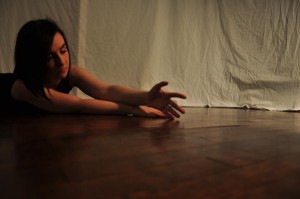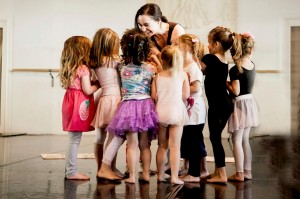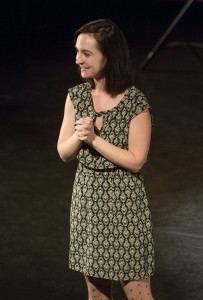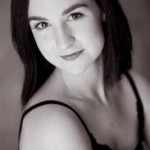
Shortly after the big event in November 2013, I began telling inquirers that I would be taking a personal time out to rejuvenate personally and creatively. Much to my surprise, this idea did not go over well with others. I was met with resistance and warnings. New phrases began racing toward me such as ‘you can’t stop now,’ ‘don’t lose momentum,’ and my favorite ‘it will be so much harder to start again.’
Knowing that my pattern of plowing through from one project or idea to the next was no longer an option, I had to begin again. Most importantly, I had to become okay with the idea that what came before was not WRONG and what comes next may not be RIGHT. The duh! stick had knocked me all the way back to my graduate school AHA moments. However, this time the focus was not on a composition class or a movement study, but rather on me as a person and an artist.
Lets take a moment to review my graduate school AHA moments.
- What is your intention? How do you make that as clear as possible?
- There are no right or wrong answers; only clearer choices.
In retrospect, I can clearly see a subconscious three-step process that began with re-flecting. When all the lights, costumes, and applause get stripped away and the audience goes home, what is the artist left with? Often times after an event would close, I was left with a great sense of dissatisfaction. (That is a whole other blog) This particular performance left me questioning what it was all for in the first place.

Why do I enjoy creating thought provoking, emotionally stirring works by sharing my life experiences with a bunch of strangers? The short answer… we are all connected to a much larger community and I want to make that connection clear and relevant. However, I was constantly ‘sharing’ yet not really taking the time to understand if it was valid or effective. Was I really making the connection I desired? And the biggest question of all, does the audience even want what I am offering?
Step two… re-evaluate! After understanding the Why, I began to ask the How. How do I make it clear that I want a connection between myself, the art, and the audience? I do not feel this understanding comes from the work itself, but rather the relationships that we create with our audience. This happens before the concert, during the concert, after the concert and through additional programs that engage and invite our audience into the process itself.
I must let you in on a little secret. I am making this sound so easy by giving you a synopsis of the process. Steps One and Two have taken a total of eighteen months and to be honest, I am still re-flecting and re-evaluating as I move forward into step Three… re-launch.
Was there a time in your life that you had to stop and take inventory? What was your journey to re-launch like?
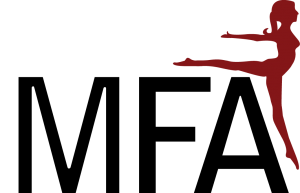 Amy Elizabeth, named one of Houston’s 100 Creatives and Top 10 Choreographer in 2013, is currently an adjunct dance professor and artistic director for Aimed Dance since receiving her M.F.A from Sam Houston State University. Her work has been presented at DanceHouston, Dance Gallery Festival Texas, Houston Fringe Fest and venues throughout Texas, Louisiana, and Arizona. Additionally, she has had the privilege of setting works at Lone Star College, Rice University, Lamar High School and will be working with San Jacinto College Dance Ensemble this fall. Stay in touch at www.amyelizabethdance.com.
Amy Elizabeth, named one of Houston’s 100 Creatives and Top 10 Choreographer in 2013, is currently an adjunct dance professor and artistic director for Aimed Dance since receiving her M.F.A from Sam Houston State University. Her work has been presented at DanceHouston, Dance Gallery Festival Texas, Houston Fringe Fest and venues throughout Texas, Louisiana, and Arizona. Additionally, she has had the privilege of setting works at Lone Star College, Rice University, Lamar High School and will be working with San Jacinto College Dance Ensemble this fall. Stay in touch at www.amyelizabethdance.com.

